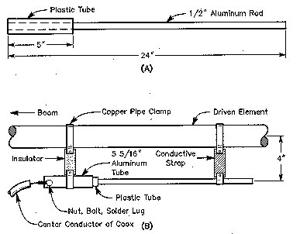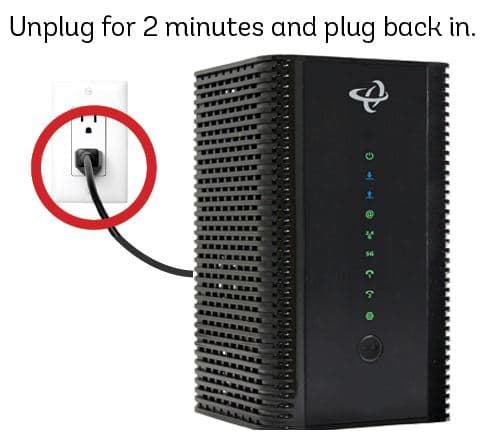When it comes to powering your vehicle’s electrical system, having the right battery cable is crucial. One of the most common sizes used in automotive applications is 6 gauge battery cable. But what exactly does “6 gauge” mean, and what are the specifications of this type of cable? In this comprehensive guide, we’ll dive into the details of 6 gauge battery cable, including its diameter, current carrying capacity, and typical uses.
Understanding Battery Cable Gauge
What is Wire Gauge?
Wire gauge is a standardized system for measuring the diameter of a wire or cable. In North America, the most common system is American Wire Gauge (AWG). The AWG system uses whole numbers to represent wire sizes, with smaller numbers indicating larger diameters. For example, a 4 gauge wire is thicker than a 6 gauge wire.
6 Gauge Battery Cable Specifications
A 6 gauge battery cable has the following key specifications:
- Diameter: The nominal diameter of a 6 gauge cable is approximately 0.162 inches (4.11 mm). However, the overall diameter including insulation can vary slightly depending on the manufacturer and insulation type, typically ranging from 0.305 to 0.330 inches (7.75 to 8.38 mm).
- Current Carrying Capacity: 6 gauge cable is rated for a maximum current of 120 amps in an engine compartment and 102 amps in passenger compartments. This makes it suitable for most 12-volt automotive electrical systems.
- Voltage Rating: While 6 gauge cable can handle up to 60 volts, it is primarily used in 12-volt systems in vehicles.
- Material: High-quality 6 gauge battery cables are made from pure copper for optimal conductivity and durability. Some lower-cost options may use copper-clad aluminum (CCA), which has reduced performance compared to pure copper.
Applications of 6 Gauge Battery Cable
Automotive Batteries
The most common use for 6 gauge battery cable is connecting a car’s battery to its electrical system. The cable’s thick diameter and high current capacity ensure reliable power delivery to the starter motor, alternator, and other electrical components.
Marine and RV Batteries
6 gauge cable is also frequently used in marine and RV applications, where robust electrical systems are essential. The cable’s resistance to moisture, abrasion, and chemicals makes it well-suited for these environments.
Solar Energy Systems
In some solar panel installations, 6 gauge cable is used to connect batteries to inverters and charge controllers. The cable’s high current capacity allows for efficient power transfer between components.
Choosing the Right Battery Cable
Factors to Consider
When selecting a battery cable for your vehicle or project, consider the following factors:
- Cable Length: Ensure the cable is long enough to comfortably reach from the battery to its connection point, with some slack for movement and vibration.
- Terminal Type: Choose cables with terminal ends that match your battery posts and component connections. Common types include ring terminals, top-post terminals, and military-style lugs.
- Insulation Color: Battery cables are available in different insulation colors, typically red for the positive cable and black for the negative. Choosing the correct color helps prevent confusion and improper connections.
- Flexibility: Look for cables with fine copper stranding, which provides excellent flexibility for easier routing and installation.
Installation and Maintenance Tips
To ensure optimal performance and longevity of your 6 gauge battery cable, follow these tips:
- Securely crimp or solder terminal ends to prevent loose connections and resistance.
- Protect connections with heat-shrink tubing or specialized covers to prevent corrosion and short circuits.
- Route cables away from moving parts and heat sources to avoid damage.
- Regularly inspect cables for signs of wear, fraying, or corrosion, and replace as necessary.
Conclusion
6 gauge battery cable is a versatile and reliable choice for many automotive, marine, and solar applications. With its 0.162-inch diameter and 120-amp current capacity, it provides ample power for most 12-volt systems. When selecting a 6 gauge cable, consider factors such as length, terminal type, insulation color, and flexibility to ensure the best fit for your needs. Proper installation and maintenance will help your battery cables deliver optimal performance for years to come.
FAQs
Q: Can I use 6 gauge cable for jumper cables? A: Yes, 6 gauge cable is suitable for jumper cables in most passenger vehicles. For larger vehicles or heavy-duty applications, a thicker 4 gauge or 2 gauge cable may be preferable.
Q: Is 6 gauge cable big enough for a winch? A: The appropriate cable gauge for a winch depends on the winch’s power requirements and the length of the cable run. In some cases, 6 gauge may be sufficient, but larger winches or longer cable runs may require 4 gauge or even 2 gauge cable. Always consult your winch manufacturer’s recommendations.
Q: Can I use 6 gauge cable for car audio applications? A: 6 gauge cable is often used for power connections between car batteries and high-powered audio amplifiers. However, the specific cable requirements will depend on the amplifier’s power demands and the length of the cable run. Consult your amplifier’s manual or an experienced installer for guidance.


![[Windows 8] How to share Internet connection with your phone, tablet, other computers, and other dev](https://www.800908.com/wp-content/uploads/2021/10/1224-6.png)

